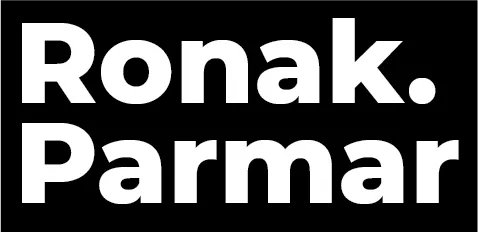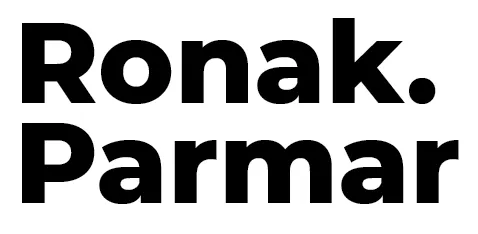We now have our film footage and all the sound recorded but the crucial part is still left to be done- The edit of the film. It is said that a film is made three times during the entire production process. The first time when it is written, the second time when it is shot and the third time when it is edited. Editing can make or break a film. Denis Villeneuve’ Arrival was initially planned to be edited linearly but after the first cut, the film didn’t work so editor Joe Walker suggested it to be edited no linearly- that worked wonderfully for the film.
Every director has their own way of working. Some stay right there with the editor at all times during the editing process and some go on a holiday. Similarly some editors stay on location while production and some plan the edit. The movie business too has gone through extreme advancements. Sometimes the production and the edit run in parallel. The shooting and editing happen simultaneously. With the advent of CGI, the lines are further blurred and each film requires a unique production method to be employed.
There are various tools and techniques that a film editor employs to cut the film. It not the shots that make a film but the cuts. What is a cut, you ask?
The point between two shots is a cut and a cut early or late by a single frame can dramatically modify the entire scene. Some of the most legendary cuts in movie history are:
- The opening sequence of City of God- The Brazilian epic film about the centre of Rio named City of God. This is my personal favourite and arguably one of the best-edited sequences of all time.
- Alfred Hitchcock’s Psycho had a brilliant stabbing scene. It has 78 cuts in 45 seconds and the brilliant part is there is no stabbing on screen. You don’t see the knife penetrating the actor’s skin or blood coming out.
- From bone to satellite scene in 2001- A Space Odyssey. This is how a cut can travel millions of years in time.
These are just some of the best-edited sequences of all time. There are no doubt many others in film history. We haven’t even talked about the beginnings of cinema when all these techniques were being discovered. So now the question arises- what makes a sequence’s edit brilliant?
Some of the techniques are the timing, the rhythm of the edit, the continuity, parallel edit and many others. It highly depends upon the content and script. If you ask me, I think the content demands the edit but it can always be improvised upon. One of the techniques to introduce emphasis is increasing the frequency of cuts in a given amount of time followed by a long shot at the end of it. This will put emmense emphasis on the last shot of the sequence.
Below is a great documentary- The Cutting Edge about the art of editing:
The post production process does not ends there.
I wrote a blog post earlier about Sound Design, please refer to it here:
This was a brief introduction to a massive process of Flimmaking and can only be fully understood by years of experience working on set. However, this can be used as a starting point for beginner filmmakers. If you want to be a filmmaker, your best chance is to go out and make films. Only experience will make you a good filmmaker.
The last and final part of the filmmaking process is distribution and is beyond the scope of my understanding.



